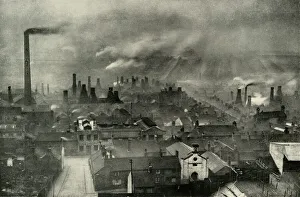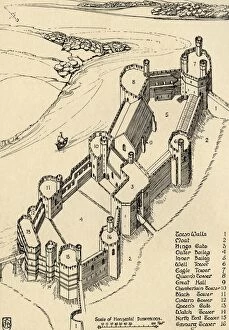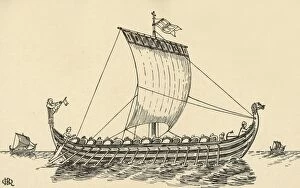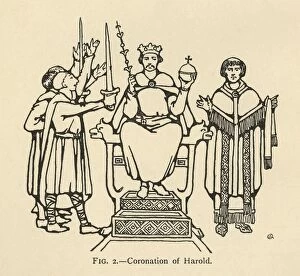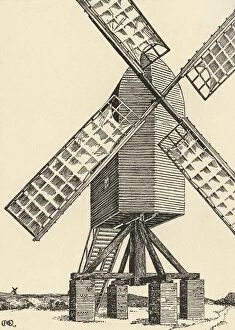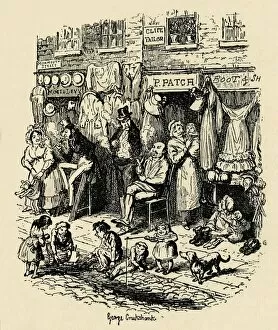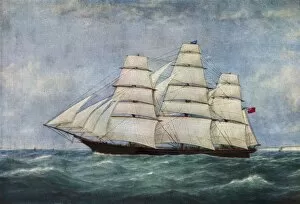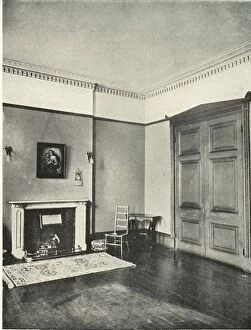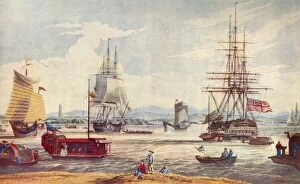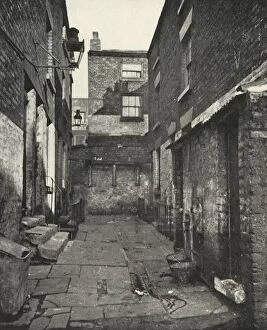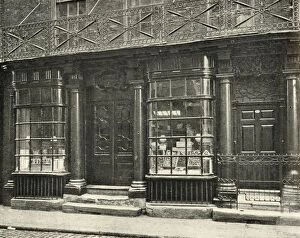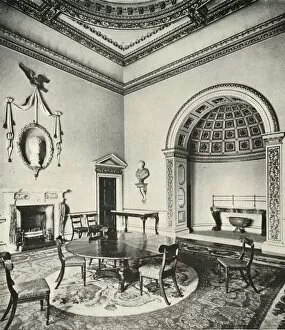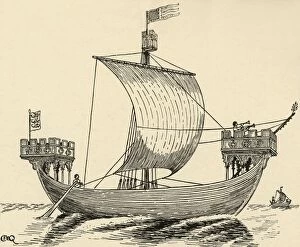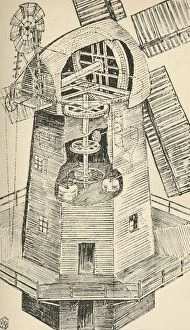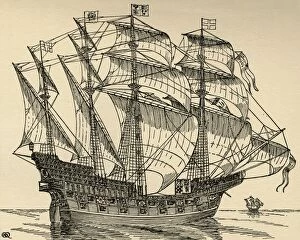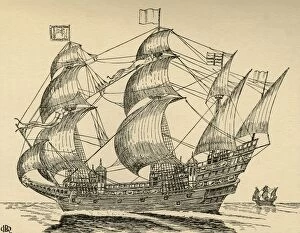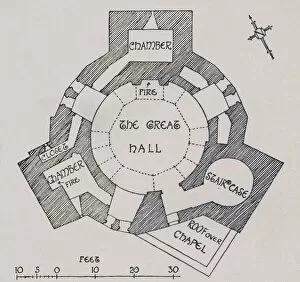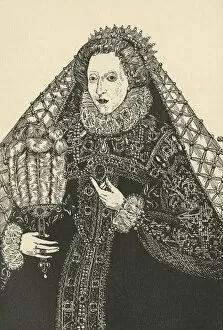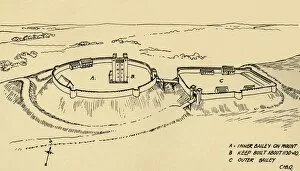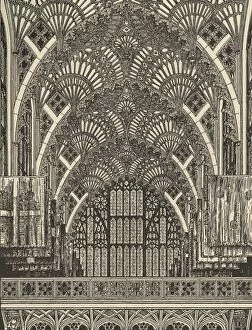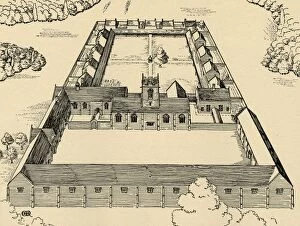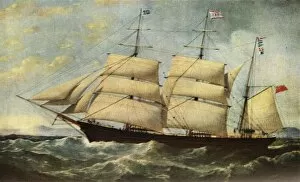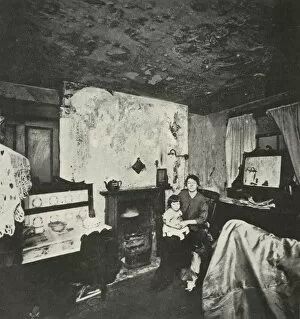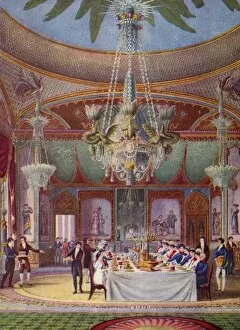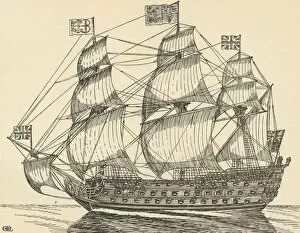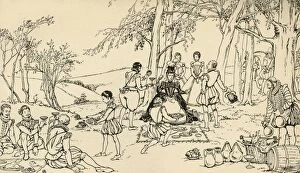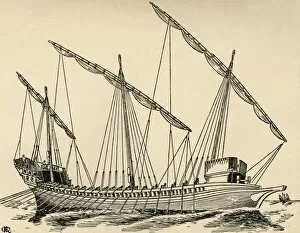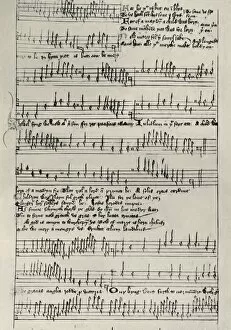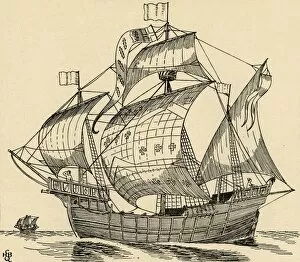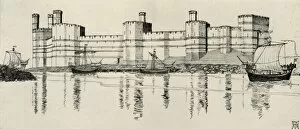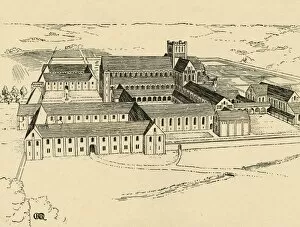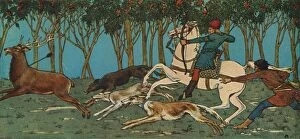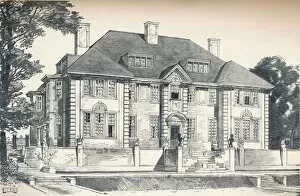"CHB Quennell: Capturing the Essence of History and Beauty" Step into the world of renowned artist Charles Henry Bourne Quennell as he transports us through time with his captivating illustrations. In "A Factoryscape in the Potteries, (1938)", we witness the bustling energy of a bygone era, where chimneys billow smoke and workers toil amidst industrial landscapes. Quennell's attention to detail shines through in "Exterior of Orford Castle, Suffolk (the Battlements restored), (1931)", where every stone seems to whisper tales of ancient battles and medieval grandeur. Similarly, his masterpiece "The Norman Ship (based on the Bayeux Tapestry), (1931)" brings history alive as we sail alongside William the Conqueror's victorious fleet. But it is not only historical events that capture Quennell's imagination; he also finds inspiration in everyday life. In "Boys playing at Riding at the Quintain (Romance of Alexander, about 1340. Bodleian), (1931)", we glimpse a scene from centuries past, where children engage in playful knightly pursuits. Quennell's talent for depicting significant moments continues with "Coronation of Harold, (1931)". Through his brushstrokes, we witness this pivotal event in English history unfold before our eyes – a testament to his ability to breathe life into long-forgotten narratives. From windmills standing tall against an azure sky ("A Mediaeval Windmill, 1931") to majestic tea clippers navigating treacherous waters ("The Tea Clipper Spindrift", 1938), Quennell captures both architectural marvels and maritime adventures with equal finesse. His passion for historical accuracy shines brightly once again in "Agriculture in the time of Edward III (From the Luttrell Psalter), 1931".

